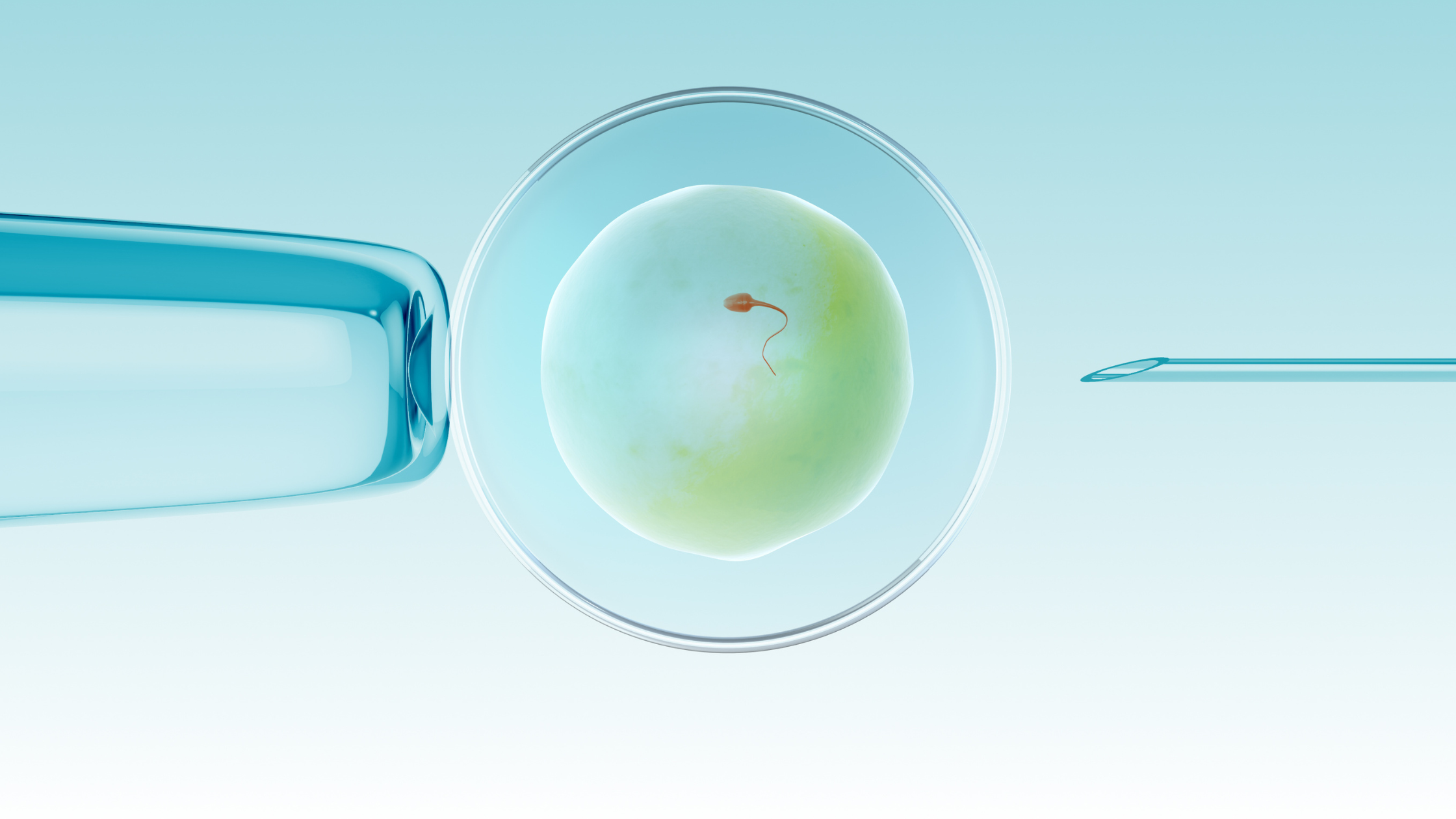The Future of Fertility: New Data Shows Trends in Assisted Reproductive Technology (ART)
Washington, DC – The latest data from the Society for Assisted Reproductive Technology (SART) reveals a significant uptick in the use and success of In Vitro Fertilization (IVF) and other Assisted Reproductive Technologies (ART).
The Future of Fertility: New Data Shows Trends in Assisted Reproductive Technology (ART)
Despite facing political challenges and legislative hurdles, the demand for fertility treatments continues to grow, reflecting an increasing reliance on these technologies to build families in the United States.
IVF Births Hit New Highs in 2022
In 2022, the number of babies born from IVF rose to 91,771, up from 89,208 in 2021. This milestone means that IVF now accounts for approximately 2.5% of all births in the U.S., highlighting its growing role in family building. The increase in successful ART cycles underscores a broader trend of rising demand for fertility services. SART member clinics reported performing 389,993 IVF cycles in 2022, a 6% increase from the 368,502 cycles conducted in 2021.
This surge in ART cycles reflects not just a growing acceptance of IVF but also the resilience of patients and clinics in the face of external pressures. According to Dr. Steven Spandorfer, SART President,
“Despite the threats of political interference, more Americans than ever are turning to IVF to build their families. It is clear that any effort to curtail access to IVF would have one simple outcome: fewer babies, fewer happy parents, and grandparents.”
Trends in Egg Freezing and Single Embryo Transfers
The preliminary national data for 2022 also indicate a significant rise in the number of egg-freezing cycles, suggesting a shift in how individuals plan for their reproductive futures. Egg freezing cycles increased from 24,560 in 2021 to 29,803 in 2022. This 21% increase demonstrates a growing awareness and adoption of fertility preservation strategies, allowing more women to defer childbearing while safeguarding their ability to conceive later in life.
Another noteworthy trend is the continued preference for elective single-embryo transfer (eSET), which has proven effective in reducing the risk of multiple births. In 2022, SART member clinics performed single embryo transfers in 73.9% of all cycles, up from 70.7% in 2021. This practice contributed to a decrease in the multiple birth rate from 5% in 2021 to 4% in 2022. Remarkably, 96% of ART babies born in 2022 were singletons, a significant increase from just 80% in 2015.
What the Data Means for IVF and Egg Freezing Patients
The rising use of IVF and the increase in egg freezing cycles indicate a broader acceptance and reliance on these technologies as viable options for family planning. For many, these services are not just alternatives but critical solutions to achieving parenthood.
Patients across various age groups are increasingly opting for fertility treatments, driven by both medical necessity and the desire for greater control over their reproductive choices. The trend toward single embryo transfers highlights a commitment to safer pregnancies and better outcomes for patients.
Navigating the Future of Fertility Treatments
As fertility treatments evolve, staying informed and prepared is crucial for those considering or undergoing any fertility treatment. Here are a few key takeaways from the latest SART data:
Growing Demand: The steady increase in ART cycles and births reflects a rising confidence in these technologies, despite potential political and legislative challenges.
Advancements in Safety: The preference for elective single-embryo transfer (eSET) and the resulting decline in multiple births demonstrate ongoing improvements in the safety and efficacy of fertility treatments.
Options for Preservation: The surge in egg-freezing cycles indicates a growing trend towards fertility preservation, offering more flexibility and options for individuals planning their families.
Access to Information: Prospective patients can access detailed, clinic-specific data on ART outcomes through the SART website, providing valuable insights to help make informed decisions about their fertility journey.
The latest figures from SART show reproductive technology continues to evolve and provide hope and solutions for many fertility patients. As more people turn to ART to realize their dreams of starting a family, the importance of maintaining access to these treatments becomes ever more apparent. With political challenges remaining, the dedication of fertility clinics, fertility professionals, and fertility advocates has never been as important to ensure that the future of ART in the U.S. remains accessible to patients. For more detailed information and to explore clinic-specific data, visit the SART website at: http://www.sart.org
Medical Disclaimer:
The information provided in this blog is intended for general informational purposes only and should not be considered as a substitute for professional medical advice, diagnosis, or treatment. Always seek the advice of your healthcare provider or qualified medical professional with any questions you may have regarding a medical condition. Never disregard professional medical advice or delay in seeking it because of something you have read in this blog.

